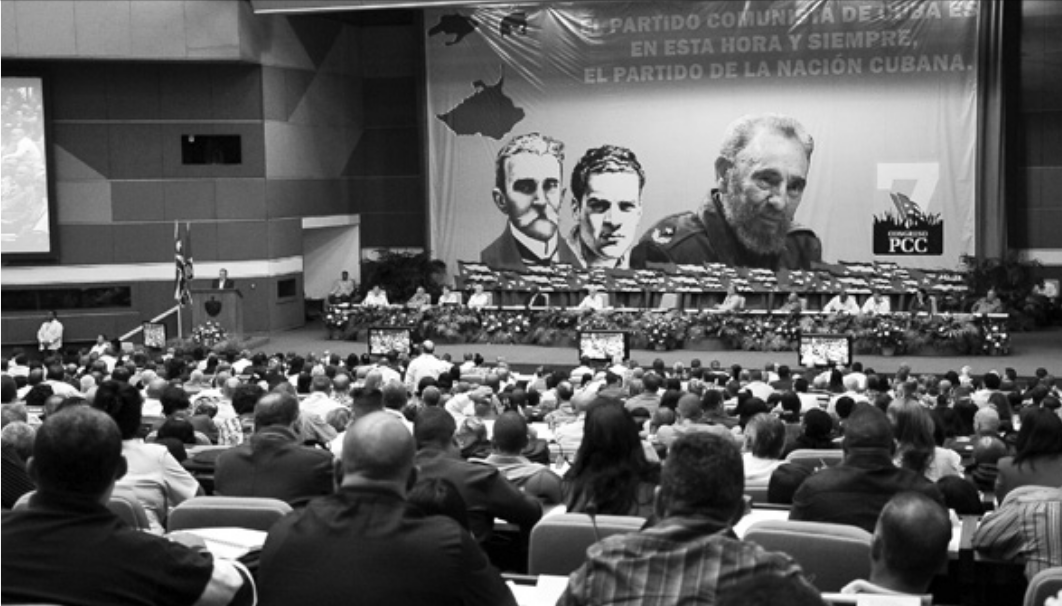
Cuba after the Missile Crisis
Cuban internationalism during the Cold War
Cuba officially became a Communist government in 1965. The country started receiving military aid from the Soviet Union and Eastern European Communist countries. Castro used this aid to support guerrilla movements in Africa and several countries in Latin America. This policy lasted until the late 1980s. The United States protested vigorously against Cuba’s policy of exporting revolution.
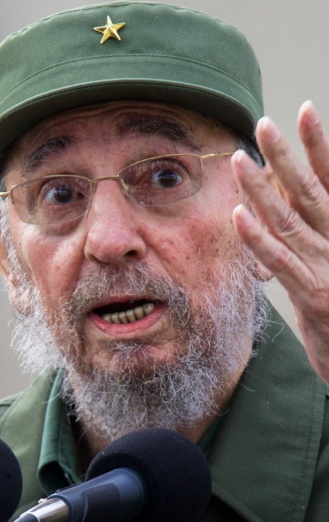
1 of 5
With sugar continuing to dominate its economy, Cuba became very dependent on Eastern Europe and the Soviet Union for necessary imports. By the mid-1980s, strains in the relationship with the Soviet Union and Eastern Europe, coupled with debt problems, corruption and growing economic inequality, led Castro to adopt another strategy—rectification—that evoked the radical experiment of the 1960s.
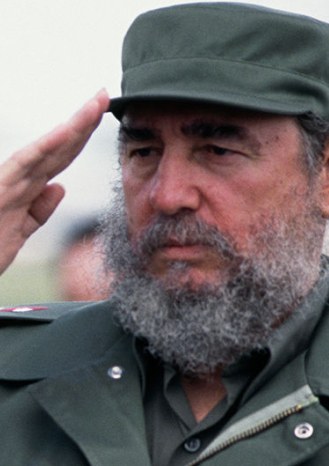
2 of 5
In 1962, revolutionary power had become consolidated, although the Cuban leaders would not realize this for some years. The threat from the United States began to recede as a consequence of the settlement of the missile crisis. Fidel Castro had established his mastery of Cuban politics and his pre-eminence over all rivals.
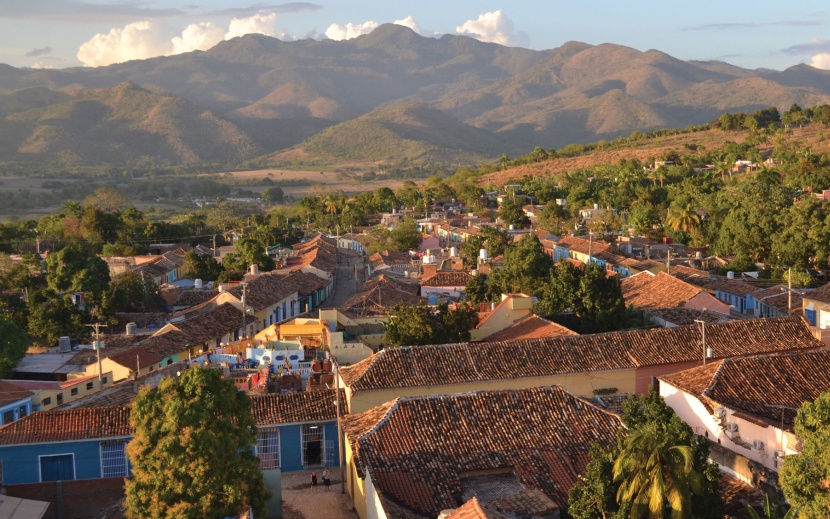
3 of 5
Opponents of the regime took up arms in every province in the first half of the 1960s, with an especially strong presence in the Escambray mountain region of Las Villas province. Thousands of Cubans died in this renewed civil conflict. The rebels included members of the peasantry of southern Matanzas province as well as those whose social and economic interests were more obviously at stake. They were, however, thoroughly defeated.
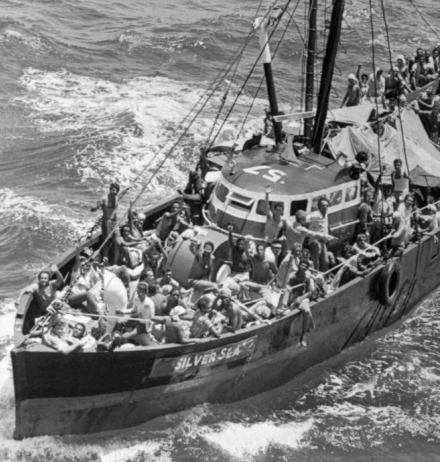
4 of 5
In 1980, the focus of US concern expanded to include the ‘Mariel boatlift’. This started when Castro announced that 125,000 Cubans could legally depart for the United States from the Cuban port of Mariel. Over the next several months, a large number of ‘boat people’ died trying to cross the Straits of Florida in unsafe boats and rafts. During the 1980s, US reports described the poor treatment of political prisoners in Cuba.
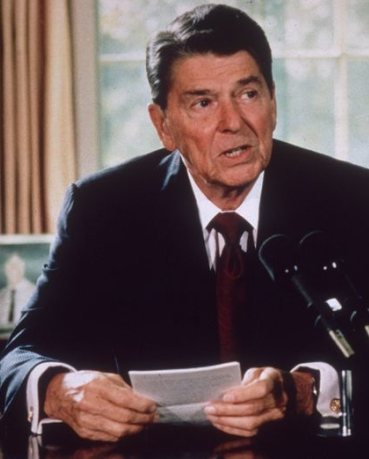
5 of 5
President Ronald Reagan authorized the invasion of the island of Grenada by US Special Forces to stop Cuba from building an airfield there. A number of Cuban troops were killed during the operation. In the late 1980s, Cuba’s policy of exporting revolution ended, in part because of the Grenada defeat. Additionally, the Soviet Union and Communist countries in Eastern Europe were in the process of breaking up, and these countries cut off aid to Castro’s foreign wars of liberation.
In the early 1960s there was much optimism about the economic future of Cuba. The revolutionary leadership embarked on a strategy designed to reduce the island’s dependence on sugar. This was to be achieved through rapid industrialization and the diversification of agriculture. All of this required imported technologies and materials. Sugar exports were to provide the necessary funds to purchase the needed imports. The attempt to achieve rapid industrialization failed.
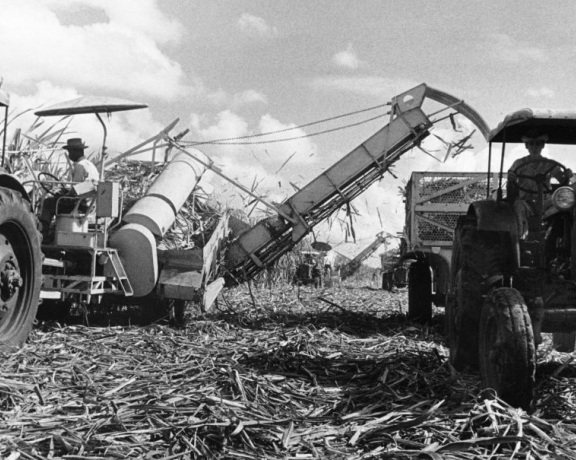
1 of 5
By the spring of 1961, more than 33,000 peasants had become owners of land that they had previously worked as tenants, sharecroppers or squatters. More than 600 sugarcane cooperatives had been created. Problems appeared when sugar output declined sharply. The decline was largely due to mismanagement. Managers were often farmers with little or no experience in large-scale agriculture. Some were selected largely for political reasons.
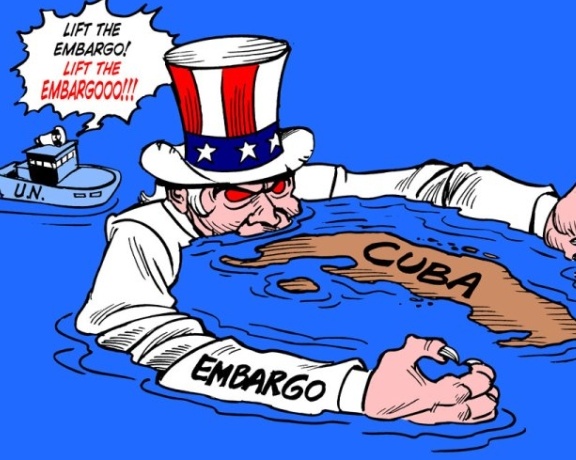
2 of 5
Just when Cuba needed sugar exports the most to finance its industrialization process, the sugar sector was not able to deliver. There is no doubt that the US embargo also played a role in this failure.
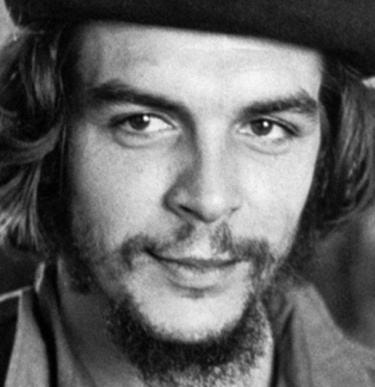
3 of 5
Cuba's overwhelming dependence on the sugar industry was seen as a sign of under-development. As Che Guevara, Minister of Industries and architect of the strategy, put it, 'there can be no vanguard country that has not developed its industry. Industry is the future'.
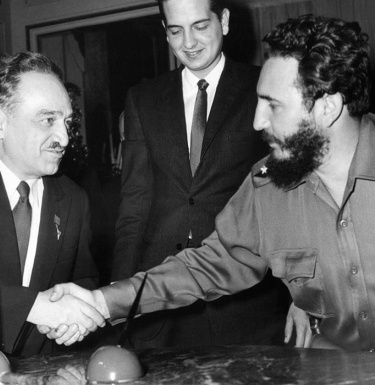
4 of 5
Central state ministries were established and a development plan was formulated with help from many sources, but especially from the Soviet Union and East European countries. Cuba was utterly unprepared, however, for a centrally planned economy. It lacked technical personnel as much as it lacked accurate statistics about its current situation.
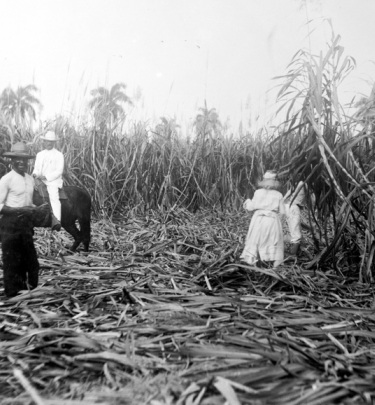
5 of 5
The plan for 1962 and the 4-year plan for 1962—5 were both fantasies. The data necessary for their formulation had not been gathered, and knowledge of economic management was primitive. The plans called for the achievement of spectacular growth targets. Instead, the Cuban economy collapsed. The government froze prices and imposed rationing for most consumer products. The ration card, a fixture in Cuban life ever since, combined two important aspects of the government's economic performance: relative failure to generate economic growth coupled with relative success in protecting the needs of the poorest Cubans and reducing inequalities in access to basic goods and services.
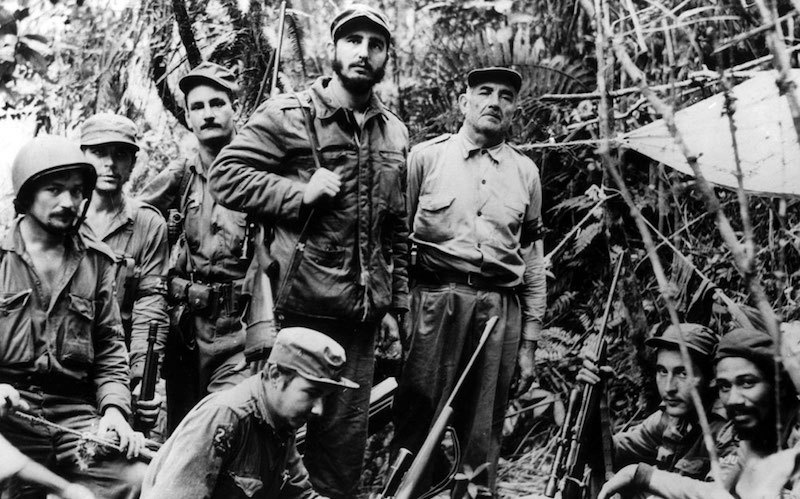
Cuban Revolution
The stage for the violent upheaval was set by the existence of striking political, economic and social inequalities with more than one-third of the population considered poor and lacking social mobility, coupled with the growth of a frustrated middle class whose rising expectations could no longer be met by a stagnant, sugar-based economy.
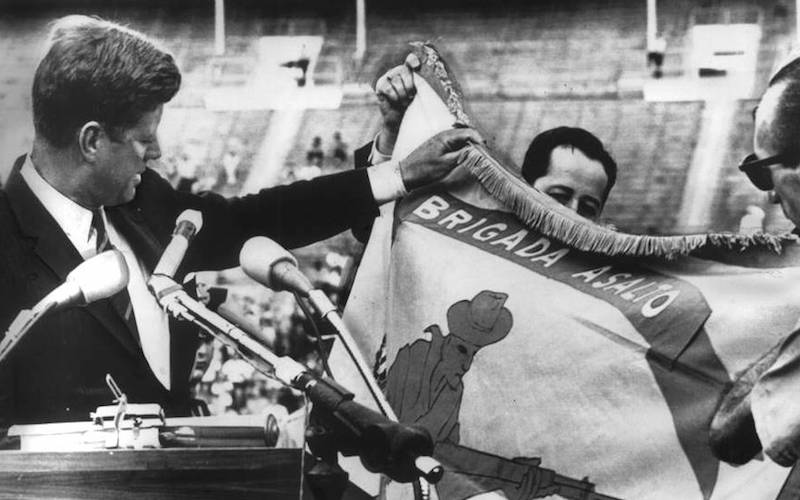
Bay of Pigs Invasion
The Bay of Pigs Invasion was a failed military invasion of Cuba undertaken by Cuban exiles and sponsored by the US Central Intelligence Agency. It dashed all hopes that Cuba might stop its slide toward Communism.

Cuban Missile Crisis
The Cuban Missile Crisis was one of the pivotal events of the Cold War. The world was brought to the brink of war when the Soviets, in retaliation for US missiles in Turkey, placed nuclear missiles in Cuba. The CIA found out about the Soviet activities in Cuba and president John F. Kennedy demanded the immediate withdrawal of the Soviet warheads.
- Richard A. Crooker, Zoran Pavlovic, Cuba, 2nd Edition, Infobase Publishing, New York, 2010
- Clifford L. Staten, The history of Cuba, Palgrave MacMillan Publishing, New York, 2005
- Leslie Bethell (editor), Cuba: A short history, Cambridge University Press, Cambridge, 1993, Transferred to digital printing: 2007





